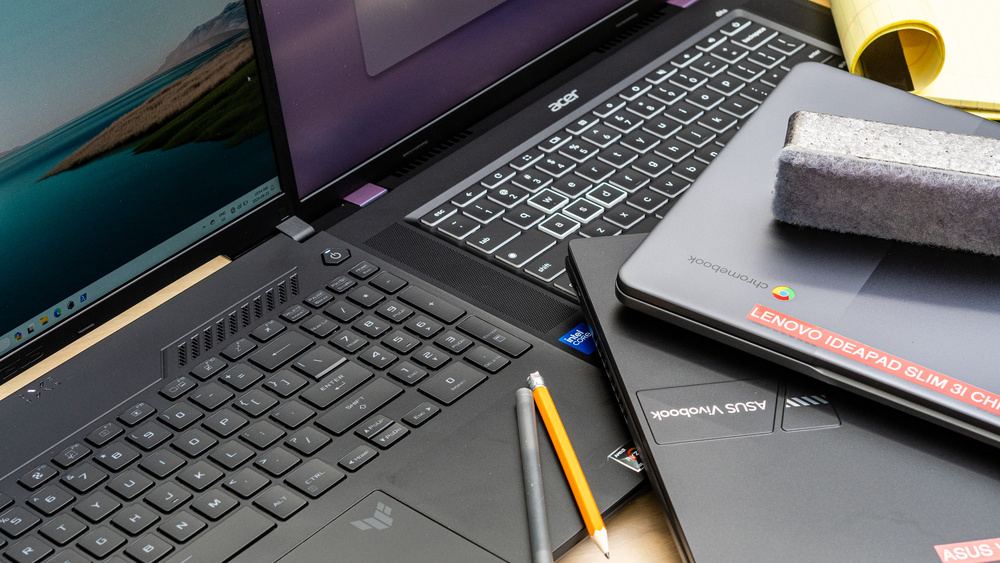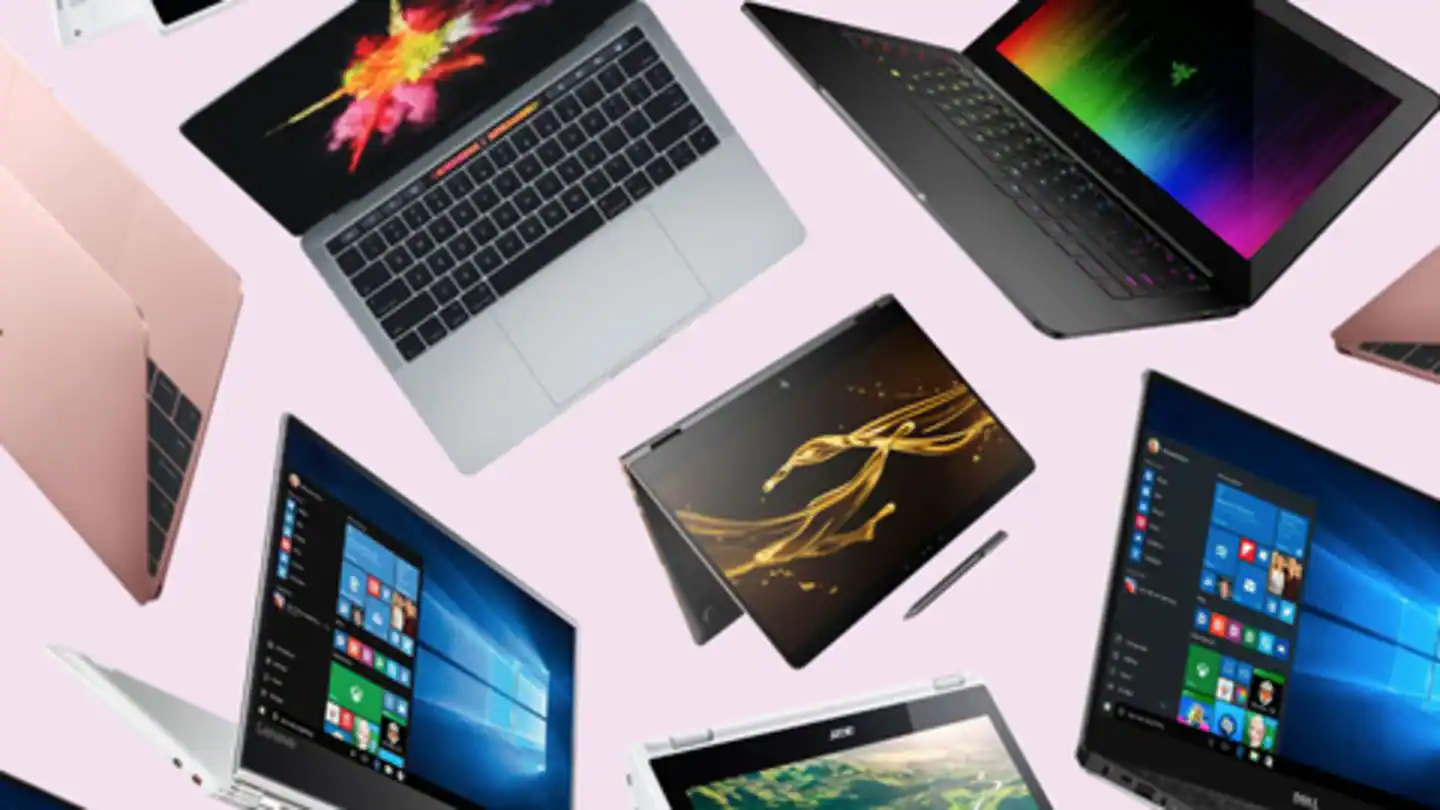Choosing the right laptop as a student can feel overwhelming, especially when you’re working with a tight budget. The good news is that 2025 has brought an impressive array of affordable laptops that don’t compromise on the essential features students need for academic success. Whether you’re taking notes in lectures, researching for assignments, streaming educational content, or collaborating on group projects, the right budget laptop can be your most valuable academic companion.
The modern student laptop market has evolved significantly, with manufacturers recognizing that students need reliable performance without premium price tags. Today’s budget laptops offer capabilities that were once reserved for high-end models, including fast processors, ample storage, decent displays, and respectable battery life. The key is understanding which features matter most for your specific academic needs and finding the sweet spot between functionality and affordability.
When shopping for a budget student laptop, several factors deserve careful consideration. Processing power remains crucial for multitasking between research tabs, document editing, and video calls. Memory and storage capacity determine how smoothly your laptop handles multiple applications and how much content you can store locally. Display quality affects your daily user experience, especially during long study sessions. Battery life can make or break your productivity during all-day campus schedules. Build quality ensures your investment lasts throughout your academic journey.
The current market offers excellent options across different price ranges, from ultra-budget Chromebooks under $400 to well-equipped Windows laptops around $700. Understanding these categories helps you make an informed decision that aligns with both your academic requirements and financial constraints.
Top Budget Laptop Recommendations for Students

Best Budget Choice: Acer Aspire 5
The Acer Aspire 5 consistently ranks as the top budget laptop for students, offering exceptional value around $600. This Windows 11 laptop features an 11th-generation Intel processor that handles everyday academic tasks efficiently, from word processing to web browsing and video streaming. Unlike Chromebooks, it runs full desktop applications, giving students access to complete software suites they might need for coursework.
The Aspire 5’s 1.7kg weight makes it portable enough for daily campus carry, while its sturdy design withstands the rigors of student life. Battery life reaches approximately 6.5 hours, which covers most class schedules, though students with longer days might need to plan charging breaks.
Best Ultra-Budget Option: Lenovo IdeaPad Flex 3 Chromebook
For students on extremely tight budgets, the Lenovo IdeaPad Flex 3 Chromebook delivers remarkable value. This 2-in-1 device functions as both laptop and tablet, offering flexibility rare in this price category. ChromeOS runs smoothly for web-based tasks, document creation, and media streaming.
The standout feature is its impressive 16-hour battery life, easily lasting entire school days without charging. While the small screen and limited processing power restrict intensive tasks, it excels at core academic functions like research, writing, and online collaboration.
Best Performance Under $50,000: ASUS Vivobook 15
The ASUS Vivobook 15 offers excellent performance for students needing more power. Featuring a 13th-generation Intel Core i5 processor, 16GB RAM, and 512GB SSD, it handles multitasking and demanding applications smoothly. The 15.6-inch Full HD display provides comfortable viewing for extended study sessions.
Priced around ₹51,990, it represents the sweet spot between budget constraints and performance needs. The integrated Intel Iris Xe graphics handle multimedia projects and light creative work, making it suitable for students in various disciplines.
Essential Features to Consider
Performance Requirements
Modern budget laptops should include at least 8GB RAM for smooth multitasking, though 16GB provides better future-proofing. Solid-state drives (SSDs) significantly improve boot times and application loading compared to traditional hard drives. Current-generation processors from Intel or AMD ensure adequate performance for academic workloads.
Display and Portability
A 14-16-inch display strikes the ideal balance between screen real estate and portability. Full HD resolution (1920×1080) should be considered minimum for comfortable text reading and media consumption. Weight under 2kg ensures comfortable daily carrying.
Battery Life and Connectivity
Target laptops offering 6-8 hours of real-world battery life for full-day campus use. Essential ports include USB-A, USB-C, HDMI, and headphone jacks for connecting peripherals and external displays. Wi-Fi 6 support ensures fast internet connectivity in modern campus environments.




